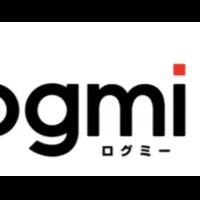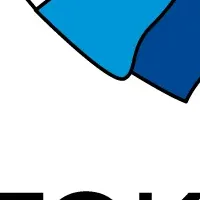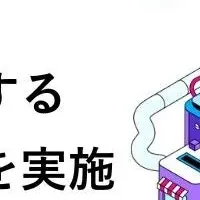
Outdated Federal HR Systems Result in Huge Annual Losses of $1 Billion, Report Finds
Outdated Federal HR Systems Result in Massive Losses
A recent report from Workday, Inc. reveals a staggering insight into the inefficiencies plaguing federal human resource systems. These outdated frameworks are not just a hassle; they are leading to an annual loss of approximately $1 billion in productivity. This disturbing figure underscores a pressing need for modernization within federal HR management.
Inefficiencies Piling Up
According to the findings, 89% of federal HR leaders feel that legacy systems significantly hinder their agencies' performance. Alarmingly, HR leaders spend almost 48% of their time managing workarounds, error corrections, and manual processes. The complexities of outdated systems manifest in several ways, from security vulnerabilities to major data sharing issues. Despite these challenges, only 48% of leaders view HR modernization as a high priority, and a staggering 83% report that they lack a proper roadmap for modernization.
The Realities of Ineffective Systems
The ramifications of these outdated systems are experienced daily by federal HR leaders. For example, 47% report facing delays in data updates every week, resulting from cumbersome manual processes. Additionally, over one in four leaders—about 28%—experience system failures or downtime, further complicating their workload.
Lynn Martin, Chief Growth Officer of Government at Workday, points out, "The federal government is at a crossroads. Legacy systems are wasting valuable employee time and taxpayer dollars. To drive efficiency and enable data-driven decisions, federal HR systems must embrace modernization."
Transformational Opportunities
As the report suggests, automation and shared services are essential for facilitating this transformation. A resounding 61% of federal HR leaders agree that a significant portion of their processes could be automated to various extents. Moreover, 98% of these leaders advocate for shared service models, provided they are appropriately implemented.
Key opportunities for improvement abound, including:
- - AI-driven skills matching
- - Centralized recruiting workflows
- - Standardized personnel systems
The time for federal HR systems to modernize is now, especially as the sector faces unprecedented changes. The report provides a clear call to action:
- - Make HR modernization a fundamental IT priority.
- - Digitalize and automate manual HR workflows to enhance overall efficiency.
- - Invest in workforce analytics to refine hiring and reskilling decisions.
- - Uphold security and compliance as top priorities within HR technology.
Research Background
The Future-Ready Feds research was conducted by Meritalk and surveyed 100 federal HR decision-makers across civilian agencies and the Department of Defense. Conducted during February and March 2025, the study carried a margin of error of ±9.78% at a 95% confidence level.
In a broad context, the findings draw attention to a critical need for reform in federal HR systems. As taxpayers bear the burden of inefficiencies, the urgency to streamline HR operations is palpable. Workday’s integrated Government Cloud platform is highlighted as a tailored solution, catering to HR and finance with necessary federal functionalities. Featuring responsible AI and machine learning capabilities, it aims to enable federal agencies to succeed in modernizing their HR systems.
In conclusion, the trends highlighted in the Workday report accentuate the need for a diligent approach toward federal HR modernization. The consequences of inaction not only hinder productivity but also compromise the quality of government service and mission success. As the landscape continues to evolve, it is imperative that federal HR systems adapt and modernize to meet the demands of the future.
Topics Business Technology)










【About Using Articles】
You can freely use the title and article content by linking to the page where the article is posted.
※ Images cannot be used.
【About Links】
Links are free to use.